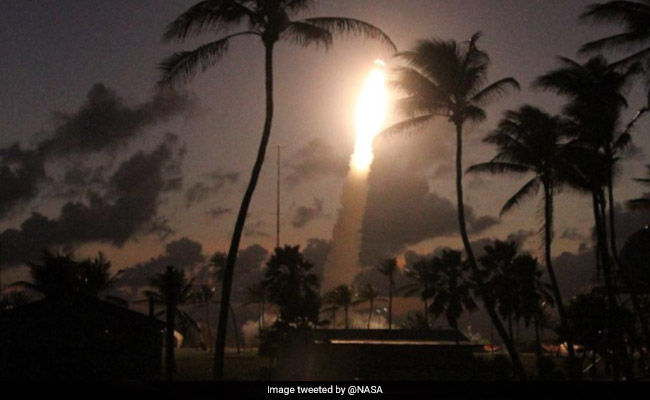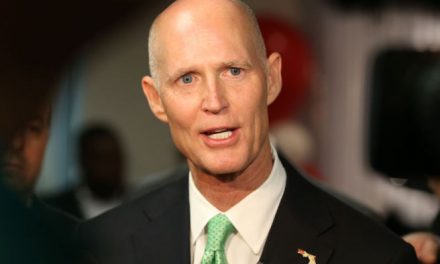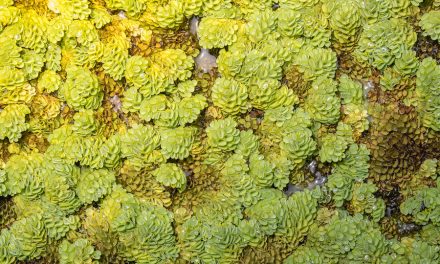Beginning today, August 29th, and running through September 9th, NASA plans to run a rocket mission in order to study “disturbances in the upper atmosphere that interfere with communication and technology systems.”1 The effect of the mission will be artificial, night-time white clouds, only visible for residents of the Republic of the Marshall Islands, and for only around 30 minutes. The two suborbital rockets will be launched from Roi-Namur Island, an island in the north part of the Kwajalein Atoll and the ideal location because of its proximity to the magnetic equator where post-sunset ionosphere storms are more intense. 2
Oops, they did it again.
RELATED ARTICLE:
“The Waves and Instabilities from a Neutral Dynamo, or WINDY, mission will study a phenomenon that occurs in the ionosphere – a layer of charged particles in the upper atmosphere.
Known as equatorial spread F, or ESF, these disturbances occur after sunset at latitudes near the equator in part of the ionosphere known as the F region.
The disturbances interfere with radio communication, navigation, and imaging systems and pose a hazard to technology and society that depends on it.” 3
(FYI: The ionosphere is the layer of Earth’s atmosphere that is ionized by solar and cosmic radiation.)
Yet another time NASA created fake clouds to “study”:
One of the rockets will carry the tri-methyl aluminum that will form the artificial, glowing white clouds and the second rocket, a two-stage 36-foot long Terrier-Malemute (launched five minutes later) will carry instruments “to measure ionosphere densities and electric and magnetic fields present in these storms.” 4
RELATED ARTICLE:
Scientists plan to photograph the movement of the artificial clouds to measure the winds and energetic particles that are in motion in the upper atmosphere.
Does this bother you? Or, do you not care at all? Share your comments below…but please remember to be cordial to one another.












